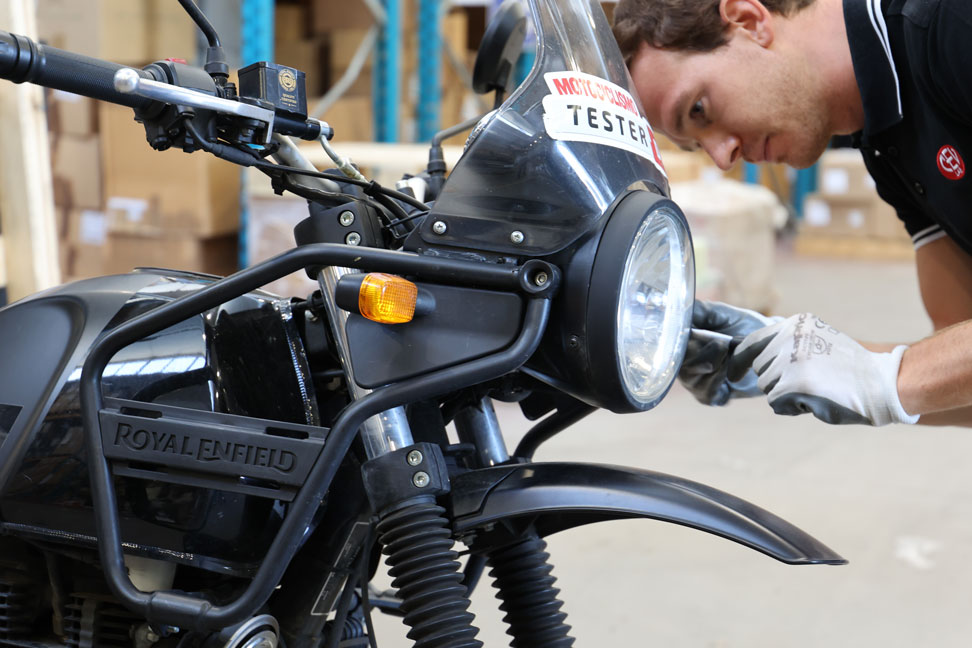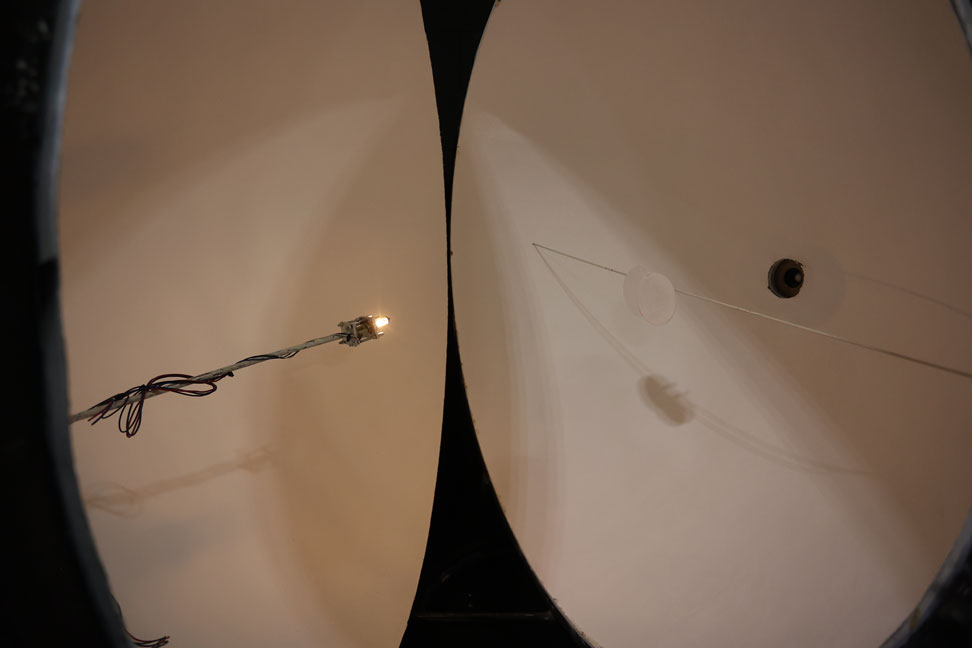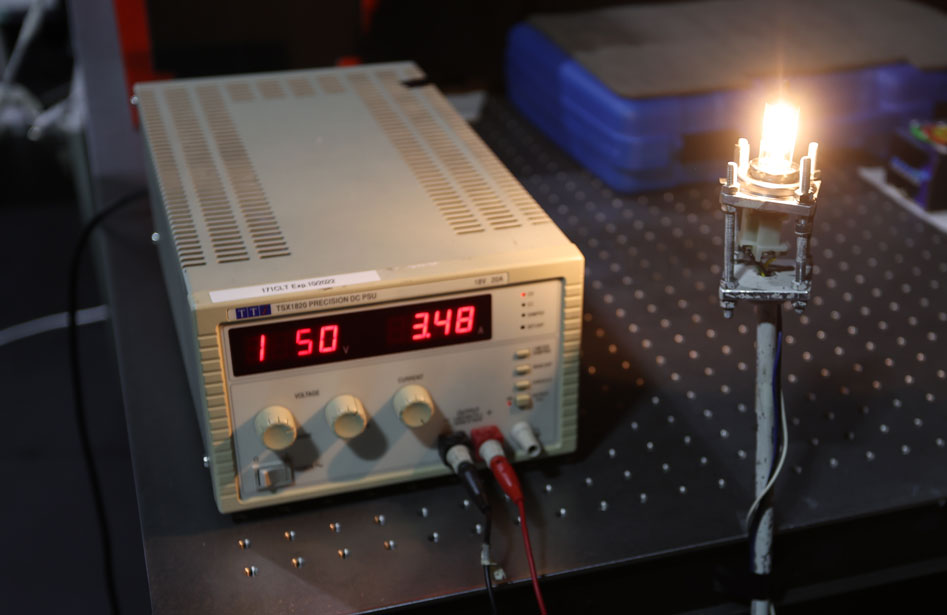CEVLAB TESTS 6 LAMPS FOR OPTICAL GROUPS IN PHOTOMETRIC LABORATORY
Three tests for lamps: Illuminance test, luminous flux test and life test.


The technology of LED optical groups is spreading all over the world, for this reason, incandescent lamps are destined to disappear, but not today! In fact, models such as, the Ducati Scrambler, Moto Guzzi V7 Stone, Honda CB500 and NC750 (up to 2022), the Yamaha MT-09 and 07 (up to 2021), and numerous other medium or medium-low range bikes still mount H4.
The H4 are the very popular double-filament bulbs that concentrate high and low beam in a single lamp, and there are hundreds of thousands of motorcycles that still use this type of lamp. The H4 have very competitive prices thanks to economies of scale, because they are also car lamp, therefore, they are still produced in millions of specimens. Incandescent H4 have a useful life that does not exceed 1,200-1,500 hours (and in some cases it is even declared around 300 hours), while LEDs can reach tens of thousands of hours, in practice they last as long as the bike.


TESTS CARRIED OUT IN THE CEVLAB PHOTOMETRIC TUNNEL
“Motociclismo” magazine, inside the Cevlab photometric laboratory in Lainate (MI), wanted to compare two bulbs for each of the major manufacturers Bosch, Osram and Philips: the top of the range and one of widespread use.
TEST 1: ILLUMINANCE
The “illuminance” test is carried out in the photometric laboratory: the lamps were positioned in the headlight, removed en bloc from the Himalayan, and the light distribution of the high and low beams was mapped for each one, obtaining the virtual footprint. In this test the bulb and the headlight dish work together. The depth and width of the area illuminated by the various lamps for the two beams were analysed, taking as reference the 4 lux curve, the minimum to be able to see the road clearly.
TEST 2: FLUSSO LUMINOSO
In the flow test, the Ulbricht sphere, pictured, is used to capture all the light emitted by the source, regardless of direction. This test makes it possible to measure all the energy that is emitted by the light bulb alone in space (without the parabola).
TEST 3: DURATA
To measure the lifespan of the various bulbs under test, they were supercharged to a voltage of 16V (compared to 13.5V in normal operation) to simulate accelerated ageing. The stock bulb (which has proven itself excellently) was used as a benchmark. The duration of the six bulbs in comparison is expressed as a percentage of the standard one.


Source: Motociclismo
